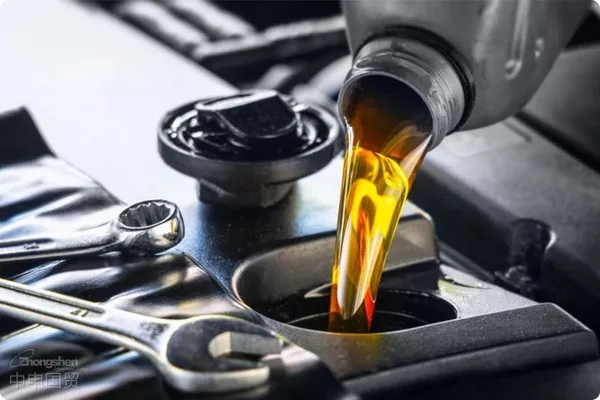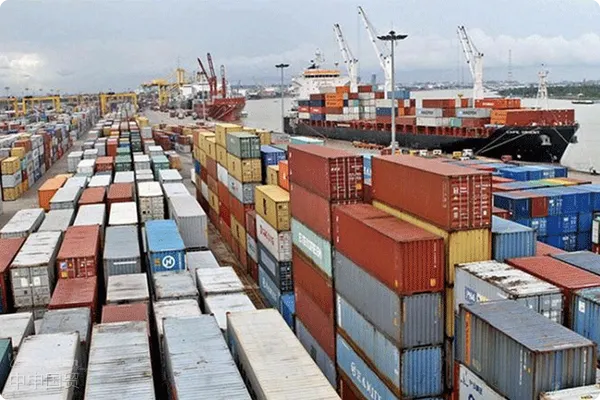- Shanghai Zhongshen International Trade Co., Ltd. - Two decades of trade agency expertise.
- Service Hotline: 139 1787 2118
As a refined oil product, the export of lubricating oil is indeed subject to certain restrictions and management requirements. The export of lubricating oil is a complex and crucial process, especially in the context of increasingly fierce global market competition. To ensure the smooth entry of products into the international market, enterprises must strictly comply with relevant laws and regulations and prepare the necessary documents and qualifications. This article will provide you with a detailed interpretation of the lubricating oil export process and precautions. The following is for reference:
Confirmation of Export Qualifications
Steps:
? First, enterprises must ensure that they haveimport and exportoperation rights, which requires registration as an enterprise with import and export operation rights at the administrative department for industry and commerce.
? Apply for an export license. Lubricating oil belongs to the category of commodities subject to license management by the state, and an export license must be obtained. Enterprises can apply for an export license from the Ministry of Commerce and its local branches.
Precautions:If an enterprise does not have the qualification to apply for an export license, it can conduct export operations through a qualified agency company.

Preparation of Essential Documents
Document List:
? MSDS (Material Safety Data Sheet): Provides information on the composition, safety, and environmental protection of lubricating oil, meeting international chemical safety standards.
? Dangerous Package Certificate: If lubricating oil falls within the category of dangerous chemicals, a dangerous package certificate (Dangerous Goods Packaging Certificate) is required.
? Product Performance Sheet: Describes the physical and chemical properties and application scope of lubricating oil.
? Packing List: Lists in detail the packaging, quantity, weight, etc. of the exported goods.
? Invoice: A transaction document for goods, stating the price, quantity, etc. of the product.
? Export Contract: Sign a contract with foreign buyers to clarify the rights and obligations of both parties.
Regulatory Conditions
Regulatory requirements:
? The export of lubricating oil is supervised by departments such as customs, commodity inspection, and environmental protection. Enterprises need to ensure that all relevant certificates and materials are complete before export.
? It is necessary to handle entry - exit inspection and quarantine to ensure that the products meet the quality standards of the destination country.
Inspection and Quarantine
Steps:Lubricating oil needs to be inspected and quarantined before export to ensure compliance with the relevant standards and regulations of the destination country. This generally includes product quality inspection, packaging inspection, etc.
Precautions:
? Make an appointment with the inspection and quarantine department in advance and prepare relevant samples and documents.
? Depending on the import requirements of different countries, third - party testing and certification may also be required (such as REACH certification in the EU, EPA certification in the US, etc.).
Export Process
Specific process:
Sign a contract: Enterprises sign an export contract with foreign customers to clarify the transaction terms.
Prepare goods: Prepare goods according to the contract to ensure that the quality of the goods meets the export requirements.
Apply for an export license: Submit an export license application to the Ministry of Commerce or its local branches, and documents such as contracts, invoices, packing lists, MSDS, and dangerous package certificates are required.
Arrange transportation: Negotiate transportation arrangements with freight forwarding companies (Maritime Transportation,Air Transportationor land transportation), and handle relevant transportation insurance.
Declare at customs: Prepare customs declaration documents and declare to the customs through a customs broker or by yourself. The goods will be released after the customs review is passed.
Release: The customs review is passed, the goods are released, and they are delivered to the transportation company for loading and export.
Send documents: Send relevant documents (such as bills of lading, invoices, certificates of origin, etc.) to foreign customers or the banks designated by the customers.
Precautions:
? Be sure to ensure the accuracy and consistency of all documents to avoid affecting customs declaration and the smooth export of goods.
? If the lubricating oil needs to be exported to specific sensitive countries, additional export control and sanction regulations may also need to be followed.
Agency Services
When an enterprise does not have export qualifications:It can seek the help of professionalExport Representationcompanies to complete the export process. Agent companies usually have rich experience and resources and can assist in handling various links such as export licenses, customs declarations, transportation,In order to crack down on tax evasion, the customs and tax departments are now strictly examining the operation of buying export declarations. If the behavior of buying export declarations is discovered, the regulatory authorities will require tax replenishment (even a 2% tax rate may be a considerable amount). In addition, fines may also be imposed on the relevant responsible parties.etc., to ensure the smooth export of lubricating oil.
The export of lubricating oil involves multiple links. Enterprises need to prepare and coordinate in advance to ensure compliance with national laws, regulations, and international trade rules. If you encounter any problems during the export process or need professional agency services,ZhongShen International Tradewe are ready to support you at any time.
Related Recommendations
? 2025. All Rights Reserved. Shanghai ICP No. 2023007705-2  PSB Record: Shanghai No.31011502009912
PSB Record: Shanghai No.31011502009912










